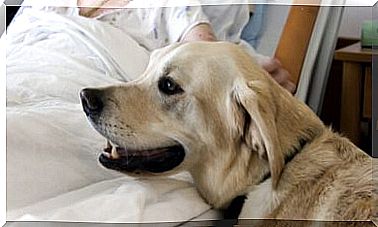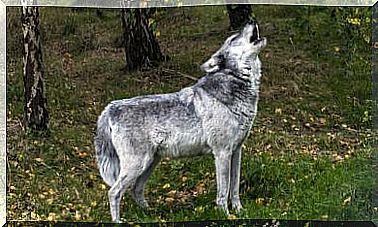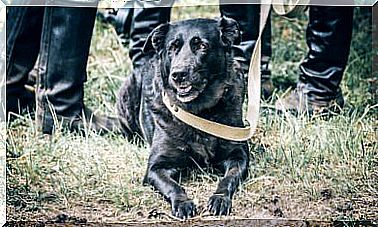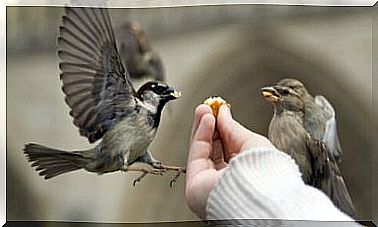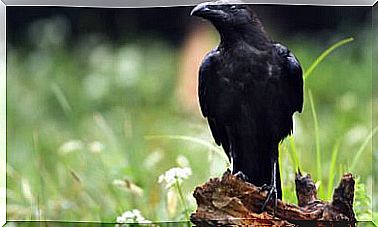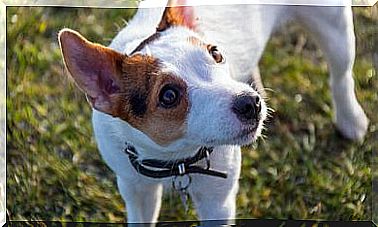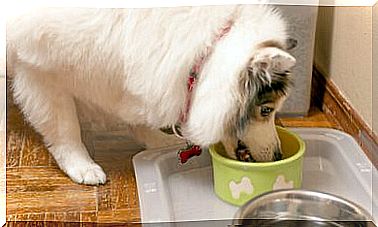Persian Cats, The Turkish Aristocrats
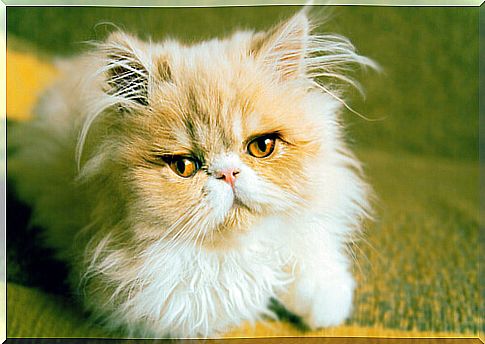
No one can deny that Persian cats belong to one of the most flamboyant breeds of feline out there. With their thick fur and flat face, Persian cats are related to the aristocracy and are descendants of the Turkish Angora Cat. Find out more about them in this article.
History of Persian cats
It is not known for sure when these beautiful long-haired cats first appeared. It is believed that their ancestors were domestic pets, since among the wild races no one has a similar coat. The gene that gave them this characteristic came from hybridization with Pallas’s Cat.
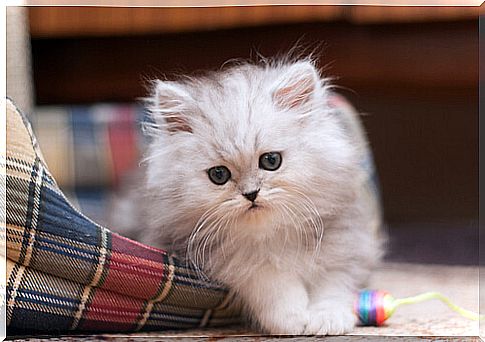
The first documented ancestors of the Persian cats were imported from the city of Khorasan. From present-day Iran, they came to Italy by Pietro della Valle in 1620. At that time specimens were also brought from Angora – present-day Ankara, Turkey. The first specimens were gray and the following white.
In this country the first crosses were made and later some cats were taken to France. From there they also went to England shortly thereafter. The Persians are a race of felines related to the aristocracy and the nobility. Because of their delicacy, elegance, and bearing they were the usual choice of nobles.
Physical characteristics
One of the outstanding attributes of this pet is its size, there are medium and large ones. Its head is round and solid, with prominent cheekbones, a short muzzle, and large, bright eyes. Let’s not forget the characteristic flat nose. The ears of Persian cats are small, in the shape of an inverted “V”.
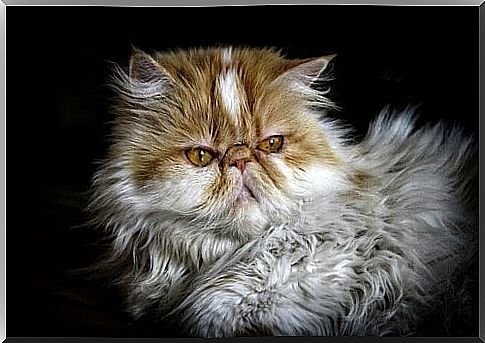
This breed of cat stands out for its muscularity and robustness. Their hair is abundant, long, silky and thick. The tail is hairy and round at the end. As for the colors, there are very varied. You can find specimens of a single tone (black, white, chocolate, red, cream, lilac or blue), two-colored and up to three colors.
Behavior and character
They are known by the nickname of “sofa tigers”, since they are of calm temperament. They love to spend hours and hours sleeping or resting. The Persian cat is a smug animal by nature. But also calm, affectionate, friendly and that gets along well with people and other animals. Did you know that these pets can help with autism?
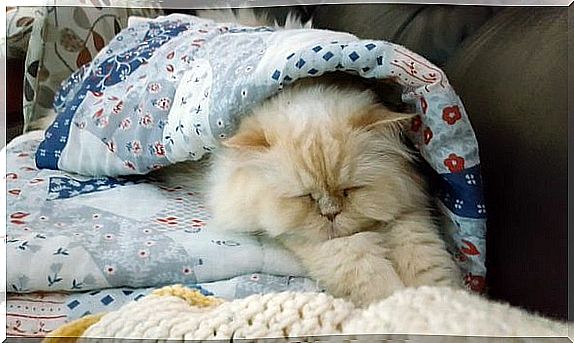
The Persian cat’s temperament makes it a perfect pet for a family. Since it comes from domestic breeds, it does not usually have that “wild instinct” typical of felines. He loves to be accompanied by his owners. It will follow you from here to there in those times of “activity”.
He does not like games or physical activity very much, he does not like hunting. It prefers to stay near a heat source and be admired by its owners. It is an indoor cat, this custom is due to its past full of luxuries. In short, it is a cat made for a quiet life.
Persian cat care
This breed of cats requires special care. Raising this animal is a bit difficult. To begin with, we must know that gestation lasts just over two months and that the litter has few young: no more than three. In many cases, it requires caesarean section to reduce risks in the female. Kittens must stay with their mother for three months.
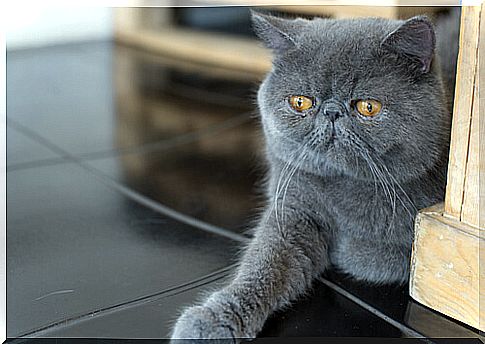
It is not a breed indicated for people who do not have free time on a daily basis. It must be brushed every day to prevent knots or hairballs from forming in its beautiful coat. Knots can be very annoying with so much hair everywhere, it is better to have them well groomed.
This cat is prone to tearing excessively due to the appearance of its face. It is important to clean the inner grooves of the eyes well on a regular basis if we want to avoid infections.
Diseases
As for the typical diseases of Persian cats, we highlight the renal polyscystic. It is genetic and hereditary in origin. It affects the kidneys and can lead to kidney failure. Another common problem in this breed is the progressive atrophy of the retinas, they can go blind at maturity. With a life expectancy of between 15 and 20 years, it is normal for them to suffer from various problems.

They can also have heart or respiratory complications when they are older. While you won’t be able to do much to prevent this degeneration, your cat will stay with you for years if you take care of it. Food is another delicate point that can delay the onset of complications.
Feeding
The feeding of these cats is relevant in all its stages: from birth to maturity. It should be noted that premature cats need special care and dedicated feeding to survive. Cat food is designed to provide them with the nutrients they need.
In general, the diet in a Persian cat must be controlled and balanced. Although it is a large animal, it is likely to be obese because it is not physically active. There is special feed with large grains for the breed. In winter, the amount of fat must be increased to maintain a healthy coat.
More about the Persian
In particular, obesity is a serious problem in Persian cats. You will need to closely monitor your pet’s condition with regular visits to the vet. The Persian is a cat with character that you should approach with respect. When you bathe your pussy, you should bring the water little by little. Although it is not something they detest to death, they do not like to get wet suddenly. You have to find the middle ground.
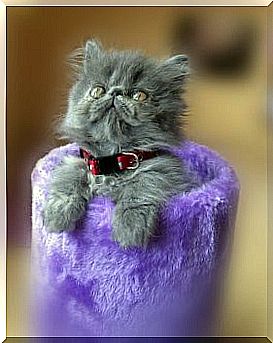
You should always condition the temperature of the water and dry it immediately. You will also have to comb him so that his coat is in perfect condition. After all, that feline look is not easy to maintain. As the owner of one of these cats, you must have the time and patience to provide this care. Your pet will thank you!
